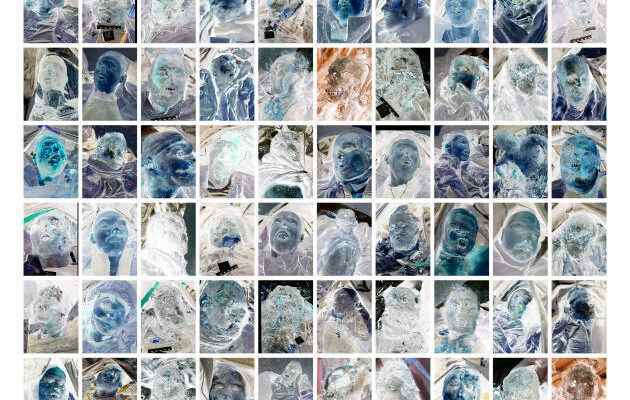In the streets of Ukraine, we see them all the time now, vans with the number 200 displayed on the window. Everyone here knows what that means: Gruz dvesti, the “cargo 200”, a Soviet military code that became slang for the transport of killed soldiers. Sometimes, they are also civilians, we don’t really make the difference anymore. Tirelessly, the vehicles commute, transporting the bodies from place to place, for each leg of their final journey.
When the Russian forces withdrew from the area north of kyiv at the end of March, they, like a low tide revealing crustaceans and shellfish, left corpses strewn everywhere, in the streets, gardens, courtyards, alleys , vacant lots. Journalists photographed them, police listed them, and then they were transported to area morgues for forensic experts to examine.
That of Boutcha, a very small white building with only one work room and no refrigerated room, was immediately overwhelmed, and several refrigerated trucks had to be parked in front. Ukraine’s chief prosecutor, Iryna Venediktova (since sacked by President Zelensky) said she wanted to prosecute the Russian forces before international justice for war crimes and crimes against humanity.
But, in spite of the evidence of the corpses scattered in “one” of the daily newspapers or in the television news, it is not easy. It is necessary to establish the exact cause of death and demonstrate how it is a deliberate crime, which is not always possible given the state of the bodies. The amount of work for prosecutors and forensic scientists is colossal. And the numerous Russian corps also pose their own problems. Beyond the material difficulties it imposes, a corpse remains a trace, a signifier loaded with horror.
post-mortem DNA
In May, in the courtyard of a building in kyiv, I met French specialists from the Institute for Criminal Research of the National Gendarmerie (IRCGN). Sent in April, this first group of gendarmes has just completed its mission and is packing up. Men and women, all in navy blue uniforms and weapons at the hip, they pile up boxes near the trucks, store equipment in metal boxes and prepare to dismantle the tent attached to the laboratory, all under the hilarious eye of Dima, a young Ukrainian prosecutor who drinks beer while joking with them and who does not want to be identified any more than his place of work.
You have 88.33% of this article left to read. The following is for subscribers only.
